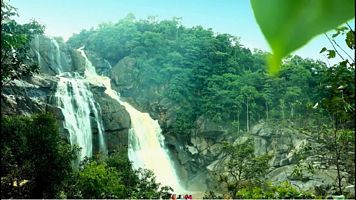Pakur Tourism
Search related to Jharkhand Tourism

Pakur is a district located in the Indian state of Jharkhand. It is known for its rich history, diverse culture, and beautiful natural scenery. This region has a unique identity, and its geographical and cultural significance attracts people from all over the world.
History of Pakur
The history of Pakur dates back to ancient times, and it has been ruled by various dynasties over the centuries. The area was originally inhabited by the Santhal tribes, who were known for their bravery and resistance against foreign invaders. During the Mughal era, the region was a part of the Bengal Subah and was ruled by Mughal governors. In the 18th century, the British East India Company took control of the region and established Pakur as a district. The district was named after its headquarters, which was a small village known as Pakur. After India gained independence in 1947, Pakur became a part of the newly formed state of Bihar. Later, in 2000, Jharkhand was carved out of Bihar, and Pakur became a part of the new state.
Geography of Pakur
Pakur is located in the northeastern part of Jharkhand, and it is bounded by the districts of Sahebganj, Dumka, and Godda. The district covers an area of 696.21 square kilometers and is divided into three subdivisions: Pakur, Amrapara, and Hiranpur. The district is situated on the Chota Nagpur plateau, and the soil in the region is predominantly red and fertile. The district is drained by several rivers, including the Ganges, which forms the northern boundary of the district. The climate of Pakur is tropical, with hot summers and cold winters. The monsoon season lasts from June to September, and the district receives an average rainfall of 1400 mm.
Demographics of Pakur
According to the 2011 Census of India, Pakur has a population of 899,200. The district has a literacy rate of 54.67%, which is lower than the national average. The majority of the population in Pakur is engaged in agriculture and related activities, and the district has a high proportion of Scheduled Tribes (ST) and Scheduled Castes (SC). The Santhal tribe is the largest ST community in the district, and they have a distinct culture and way of life.
Economy of Pakur
The economy of Pakur is predominantly agrarian, and the district is known for its high-quality agricultural products. The main crops grown in the district are paddy, maize, wheat, and pulses. The district is also rich in minerals such as coal, iron, and mica, and there are several mining activities in the region. The district is also known for its stone mining industry, which has been the backbone of the local economy for decades. The stone chips produced in Pakur are of high quality and are in high demand in the construction industry. The district has a good network of roads and railways, which facilitates transportation and trade.
Culture of Pakur
The culture of Pakur is a rich blend of tribal and non-tribal traditions. The Santhal tribe, which forms the largest community in the district, has a distinct culture and way of life. They are known for their unique music and dance forms, which are performed on various occasions. The Santhal community celebrates several festivals throughout the year, including the Sarhul festival, which marks the beginning of the agricultural season. Other festivals celebrated in the district include Diwali, Holi, and Eid.
- State :
- Jharkhand
How to Reach Pakur
Complete List of Tehsils in Pakur District, Jharkhand
| S.No | Tehsil / Taluk Name | District Name | State Name |
|---|---|---|---|
| 1 | Amrapara | Pakur | Jharkhand |
| 2 | Hiranpur | Pakur | Jharkhand |
| 3 | Litipara | Pakur | Jharkhand |
| 4 | Littipara | Pakur | Jharkhand |
| 5 | Mahesapur | Pakur | Jharkhand |
| 6 | Maheshpru | Pakur | Jharkhand |
| 7 | Maheshpur | Pakur | Jharkhand |
| 8 | Pakaur | Pakur | Jharkhand |
| 9 | Pakur | Pakur | Jharkhand |
| 10 | Pakuria | Pakur | Jharkhand |
Discover Exciting Places to Visit in Agra, Uttar Pradesh - Your Ultimate Travel Guide
Are you ready to explore the wonders of Agra, Uttar Pradesh? From the majestic Taj Mahal to hidden gems waiting to be discovered, our travel guide unveils the most captivating
Explore Exciting Places to Visit in Mumbai, Maharashtra - Your Ultimate Travel Guide
Ready for an adventure? Mumbai, in the beautiful state of Maharashtra, is packed with amazing places waiting to be explored! From iconic landmarks to hidden gems, Mumbai has something for
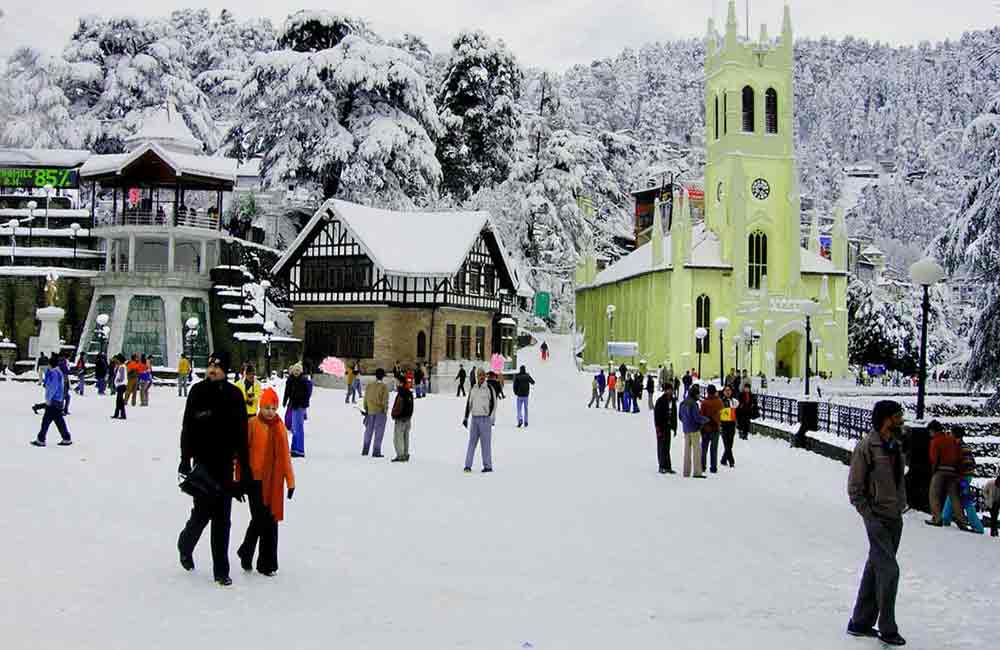
Explore the Wonderful Places to Visit in Manali, Himachal Pradesh - Your Ultimate Guide!
Ready for an exciting adventure? Discover the places to visit in Manali, Himachal Pradesh! From snowy mountains to lush valleys, there's something for everyone. Plan your trip now and explore
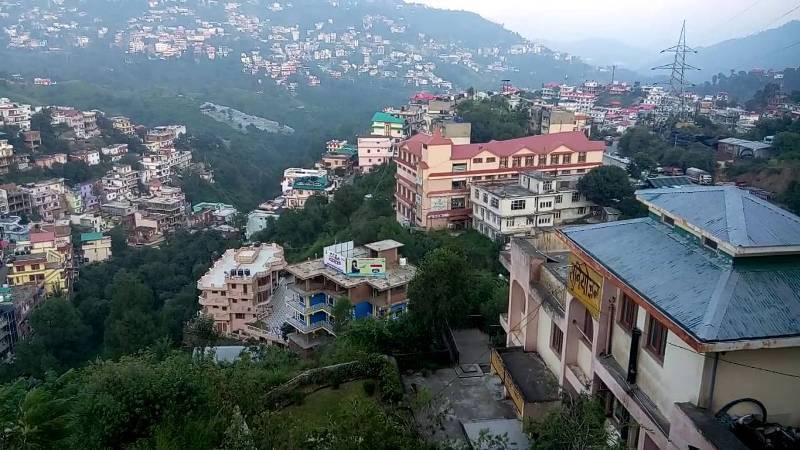
Places to Visit in Solan Himachal Pradesh - Explore the Best Tourist Spots
Discover the enchanting beauty of Solan Himachal Pradesh by exploring its myriad tourist spots. Whether you're seeking adventure or tranquility, Solan has something for everyone. From lush green valleys to
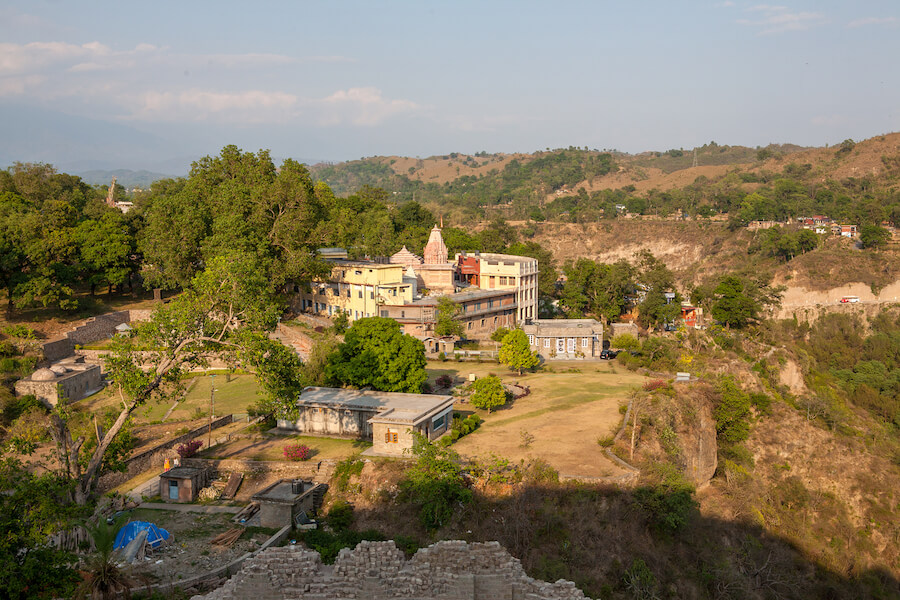
Discover the Best Places to Visit in Kangra, Himachal Pradesh: A Traveler's Guide
Ready for an exciting journey? Kangra, Himachal Pradesh welcomes you with open arms! Explore ancient temples, lush landscapes, and more in this enchanting valley. Let's uncover the best places to
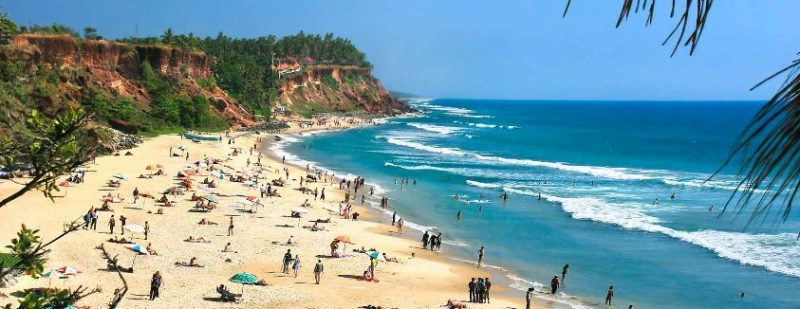
Explore Incredible Places to Visit in Varkala, Kerala: A Guide
Are you ready for an adventure? Varkala in Kerala is waiting for you! Discover the magic of this beautiful place with our guide to the best places to visit. From
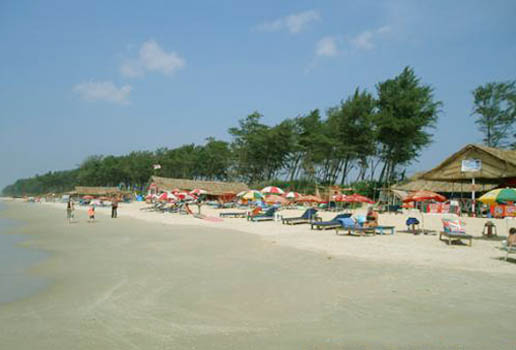
Explore Panaji, Goa: Discover the Best Places to Visit in the City
Ready for an adventure? Panaji, located in Goa, is packed with exciting places to visit. From ancient forts to picturesque beaches, there's never a dull moment in this lively city.
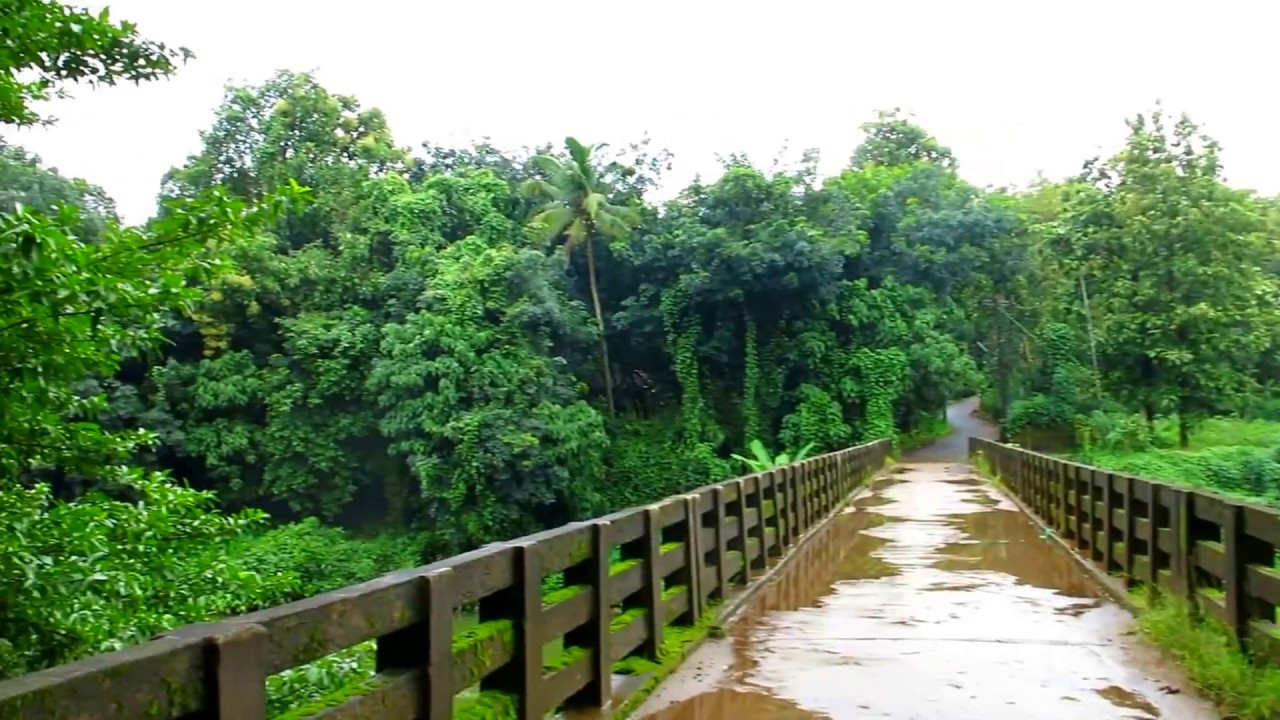
Explore the Best Places to Visit in Thrissur, Kerala – A Perfect Guide for Your Next Adventure!
Are you ready to explore Thrissur, Kerala? Get ready for an exciting journey through this vibrant city! Discover its rich history, stunning landmarks, and fascinating culture. With our guide to
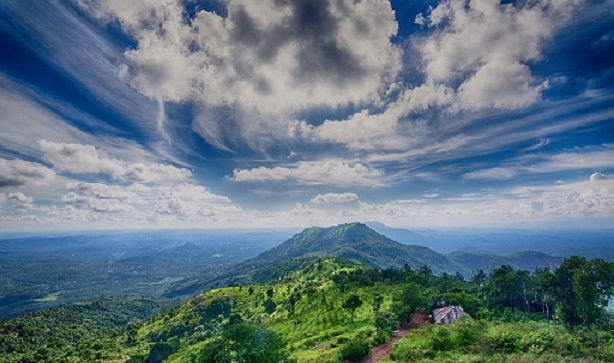
Explore the Best Places to Visit in Malappuram, Kerala - A Traveler's Guide
Dive into the beauty of Malappuram, Kerala with our ultimate travel guide! From picturesque beaches to fascinating historical sites, explore the best places to visit in Malappuram Kerala. Whether you're
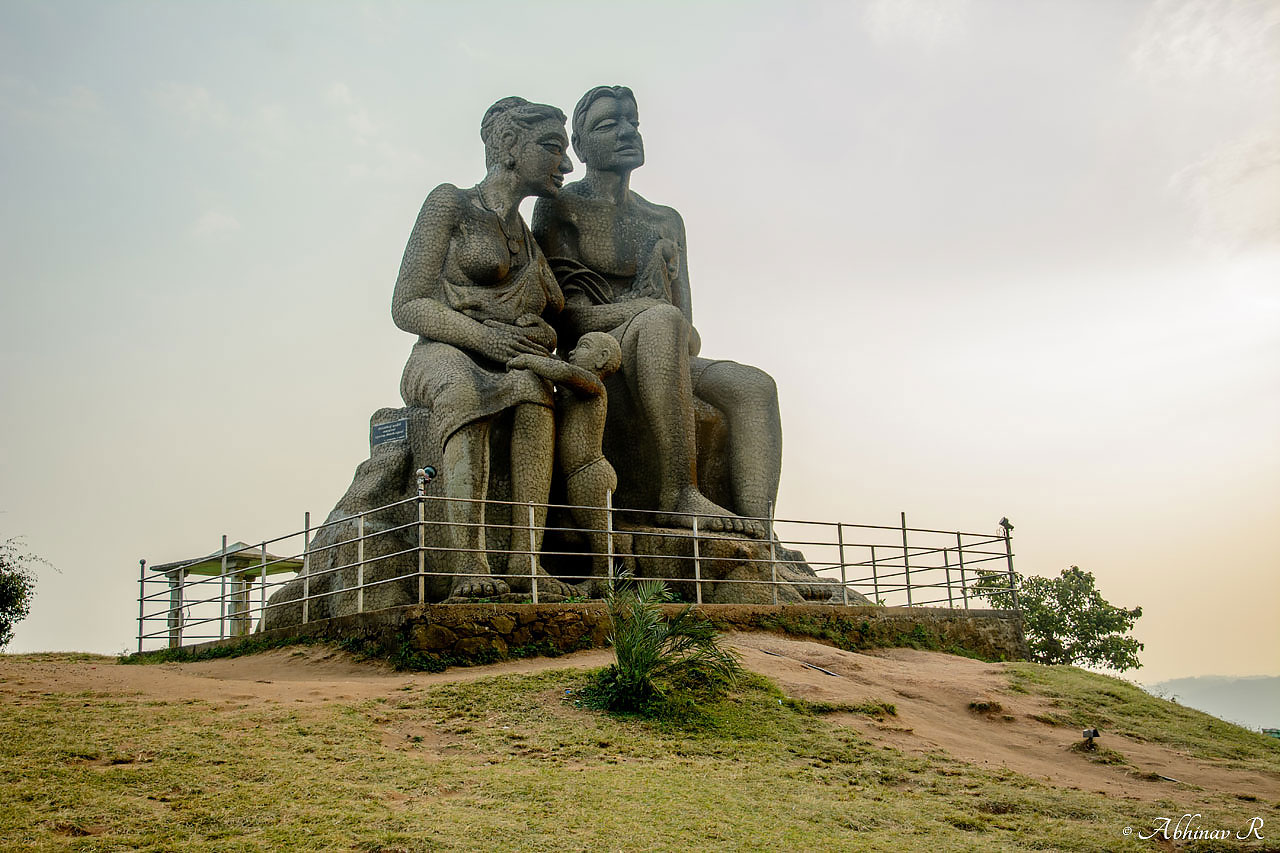
Explore the Best Places to Visit in Idukki, Kerala - A Traveler's Guide
Discover the mesmerizing beauty of Idukki, Kerala with our guide to the best places to visit. From breathtaking landscapes to serene lakes, explore the charm of this enchanting destination. Whether


